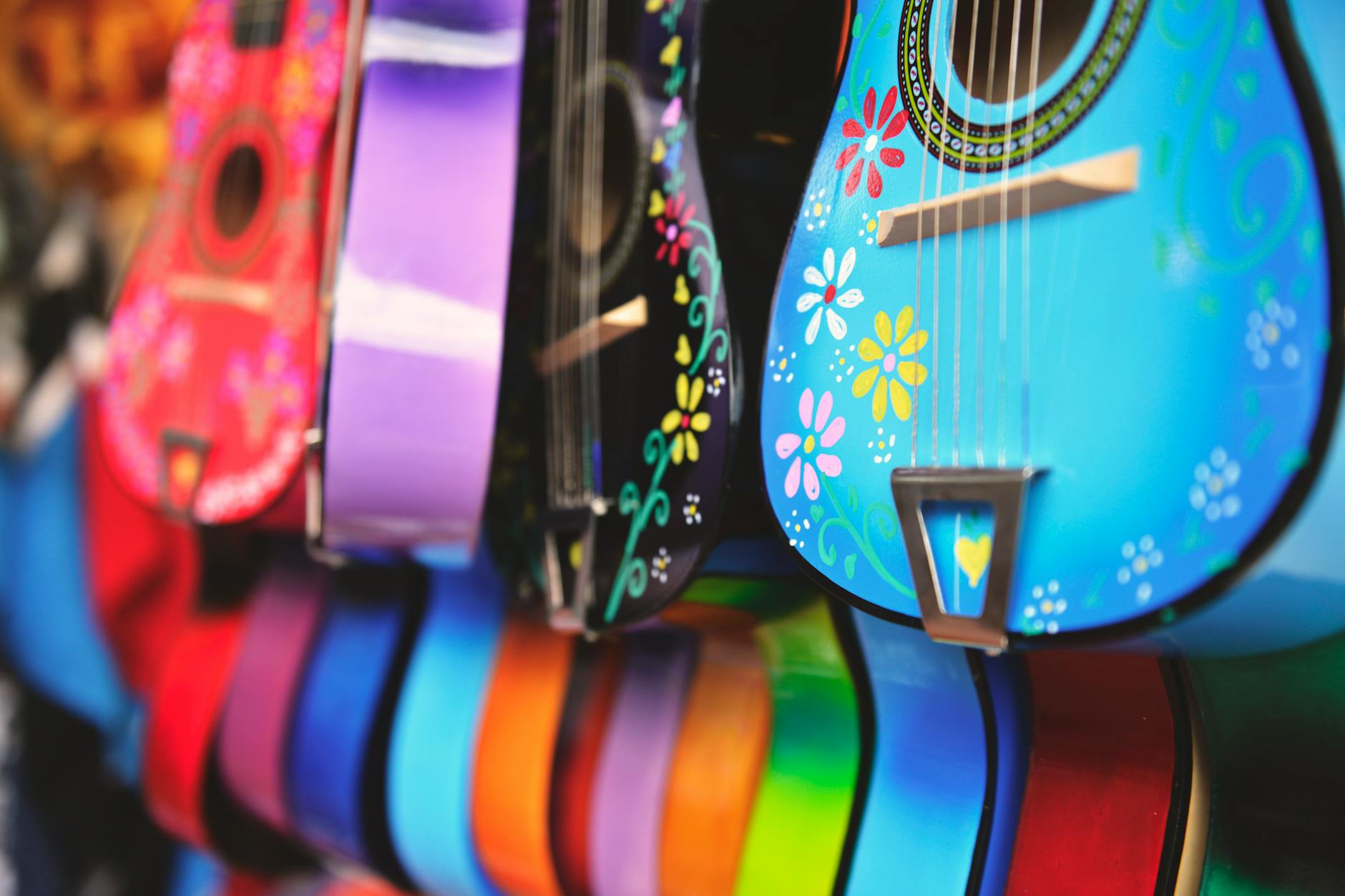The world of guitar sounds is vast and layered, presenting a playground for musicians to explore. With the right tools, even the most mundane tones can be transformed into something extraordinary. Many guitarists wonder if EQ pedals can perform this miracle overnight. In truth, these devices do hold the potential to spark a significant evolution in your sound, enhancing clarity and broadening tonal possibilities. In this blog post, we dive into the realms of EQ pedals, examining their transformative capabilities and shedding light on how they can enhance your guitar playing experience.
Step into the world of EQ pedals, where you can unlock tones that elevate your music to new heights. It’s not merely about adjusting frequencies; it’s about discovering the untapped potential of your guitar’s voice. Understand that by embracing these versatile tools, you can redefine your soundscapes and embark on a sonic journey that feels both innovative and professionally polished.
EQ pedals are designed specifically to manipulate the frequencies of your guitar signal, allowing for precise control over your tone. They function by boosting or cutting specific frequency ranges, resulting in a well-defined sound that can either cut through a mix or fill a room with rich tones. Understanding how these devices operate is pivotal for any guitarist looking to enhance their tonal palette. They come in various configurations, from graphic EQs, which allow users to visualize frequency adjustments, to parametric EQs, enabling more targeted changes.
When first introduced to the concept of EQ pedals, many guitarists are often skeptical. However, the dynamic range they provide can lead to profound alterations in sound quality. Imagine transforming a flat, lifeless tone into a vibrant, resonant symphony with a few simple adjustments. The contours of your sound become malleable, opening a treasure trove of sonic possibilities that can dramatically affect your creativity and performances.
At their core, EQ pedals help you sculpt your tone to perfection. One common misconception is that a guitar sound is static and predefined, contingent solely on the instrument itself. However, EQ pedals empower musicians to manipulate their sound dynamically, adding depth and character that might not exist otherwise. By enhancing or diminishing specific frequencies, you can create everything from a booming bass presence to a sparkling treble that cuts through the mix.
Take, for instance, the balancing act between mids, highs, and lows. Many players focus heavily on distortion but often overlook how frequencies interact to form a cohesive sound. Consider the lush, full-bodied tones you can achieve by slightly boosting mid-range frequencies while deftly cutting harsh highs that may detract from your overall sound. The transformation can feel instantaneous and often inspires new ideas and creative directions when writing music.
Integrating EQ pedals into your rig doesn’t have to be daunting. Begin by understanding your current sound and what you want to achieve. Many guitarists find success by placing EQ pedals towards the end of their signal chain, allowing them to shape the sound after other effects have done their work. In doing so, you can maintain clarity and definition while enhancing the overall tonal palette.
An impostor syndrome can sometimes creep in, making musicians feel anxious about whether they are skilled enough to utilize these tools effectively. However, experimentation is key. Don’t hesitate to tweak settings while playing or adjusting even during practice sessions. Over time, you will grow more comfortable with the nuances of each adjustment and how they impact your sound. The beauty lies in the trial-and-error process, leading to unique tones that resonate with your musical identity.
The advantages of incorporating EQ pedals into your playing setup go beyond sound manipulation. Having the ability to adjust your tone at a moment’s notice fosters confidence and creative freedom. A perfectly sculpted tone can make all the difference during a live performance, ensuring your guitar sound complements both your style and the band’s overall sound. Consider the EQ pedal as a musician’s best-kept secret—an enabler of creativity that’s both practical and transformative.
Moreover, these devices are incredibly versatile. Whether you are jamming at home, recording in a studio, or performing live, EQ pedals can adapt to various environments, preparing your sounds for different contexts. The more you explore these options, the more you realize just how indispensable they become, enabling your guitar to sing with warmth, clarity, or whatever emotion you wish to evoke in your audience.
Curiosity often drives guitarists to wonder: Can EQ pedals really make that much of a difference? The answer is a resounding yes! Musicians who take the time to understand and implement EQ pedals often report noticeable improvements in their sound quality. Many also ask about optimal settings, which can vary based on personal preference and the specific equipment used.
Another frequent question revolves around whether these pedals are suitable for all genres. Astoundingly, the answer is yes again! From rock to jazz, pop to metal, EQ pedals can enhance your tone regardless of your musical genre. If you’re prepared to dive into exploring these transformative tools, you’ll likely find that those initial hesitations quickly dissolve into excitement.
In embracing EQ pedals, you unlock a new chapter in your musical journey. The ability to sculpt and refine your sound can lead to unimaginable breakthroughs in creativity. Rather than viewing these devices merely as tools for adjustment, think of them as an extension of your artistic expression. So, as you venture forward, remember this simple yet powerful truth: your tone can evolve into something beautiful and unique, limited only by your imagination.
- What is the best EQ pedal for beginners? Many recommend starting with a simple graphic EQ pedal to easily visualize the frequency adjustments.
- Can I use EQ pedals with other effects? Absolutely! They work well with distortion, modulation, and delay pedals, allowing for even greater tonal exploration.
- How do I know the ideal settings for my style? Experimenting is key. Spend time tweaking the settings during practice to find what resonates with you.
Image Credit: Pexels
